
Working as a residential electrician back in the late 1990s, I learned about a new electrical box that we were asked to use on all exterior walls and in the ceilings of unconditioned attic spaces. At the time, they were called “vapor tight” boxes, and they were designed to reduce air movement through wall or ceiling cavities by sealing the box to the wall or ceiling air barrier; they also required sealing the electrical wires where they enter the box.
Air contains at least some water vapor, so by air-sealing the electrical box, we were also reducing the amount of water vapor that could potentially enter a wall or ceiling. The term vapor tight was partially right.
Article 314 in the National Electrical Code, “Outlet, Device, Pull and Junction Boxes,” includes no mention of airtight box requirements. Air-sealing electrical box requirements are found in the IRC: Table N1102.4.1.1 (R402.4.1.1). Under the electrical/phone box on exterior walls section, the code states:
The air barrier shall be installed behind electrical and communication boxes. Alternatively, air-sealed boxes shall be installed.
The code gives two choices: either install the electrical boxes on the interior side of the air control layer or use airtight boxes.
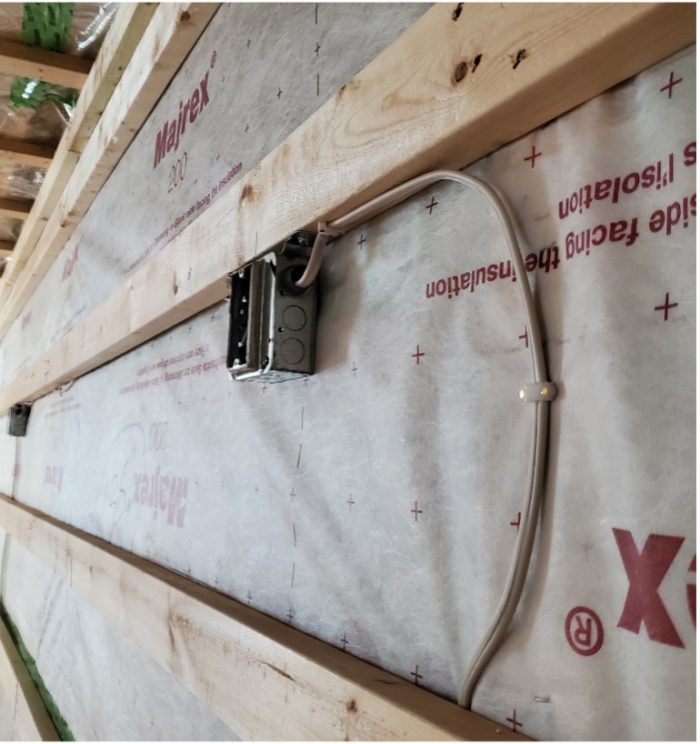

As noted, we were using airtight electrical boxes back in the late 1990s, but I still see errors in these requirements today. Below is a photo from a recent code-compliant blower-door test. The home passed, but I could see issues through thermal imaging during the test.
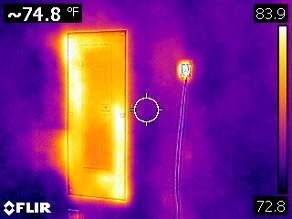
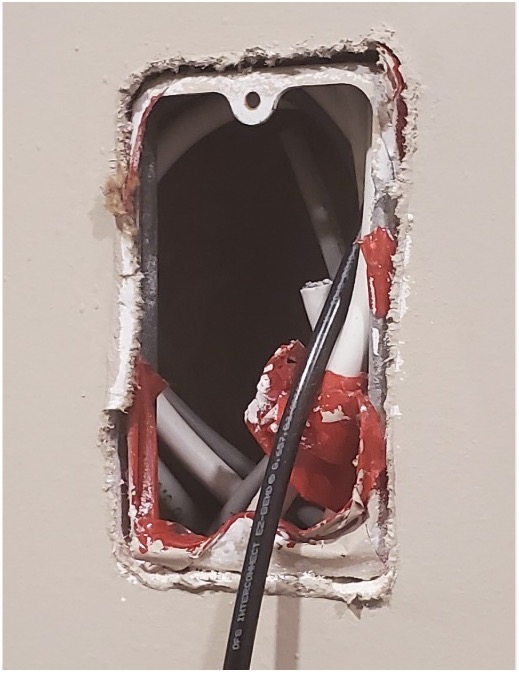
Both the electrical service panel and the box used for data/communication wires (a mud ring…
Weekly Newsletter
Get building science and energy efficiency advice, plus special offers, in your inbox.

This article is only available to GBA Prime Members
Sign up for a free trial and get instant access to this article as well as GBA’s complete library of premium articles and construction details.
Start Free TrialAlready a member? Log in





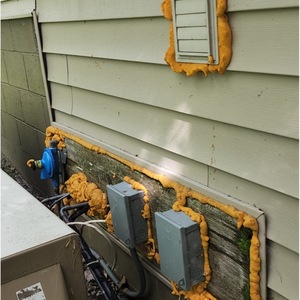

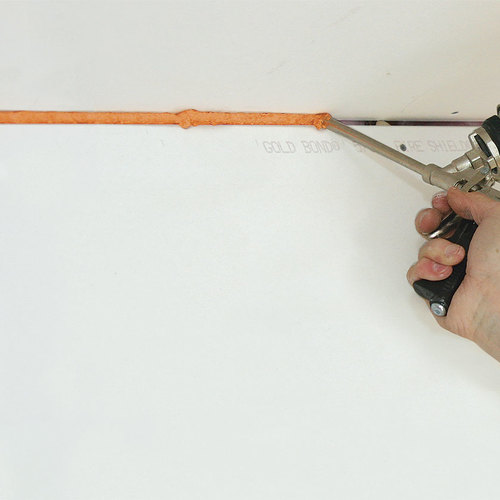
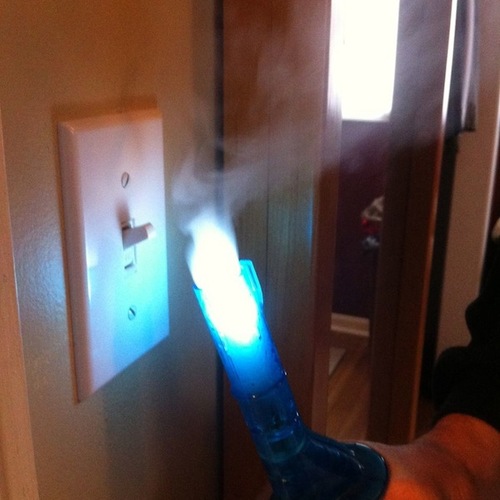






12 Comments
I’ve become a big fan of using metal boxes recently. Any ideas on similarly designed air tight boxes made out of metal? I’ve done the liquid flashing method a couple times and you’re right - it works, but is messy and can use a lot of material.
I haven't seen an airtight metal box, the only time we use metal is when they are inside both the air and thermal control layers. Lessco makes a box for a box, it's an oversized box that can be integrated into the interior air barrier. Once in place, the actual electrical box is installed inside. I've used them a few times many years ago. They weren't the easiest product to work with, so we switched back to the standard airtight box.
Thanks, Randy
Your nod of approval really means something. I just sent 6 cases to a couple in NH building a Net Zero home. It is exciting to talk with people who have really done their homework as this couple had. They sought out Energy Vanguard for the HVAC design, ultra efficiency is a small but growing world.
Doug
Doug,
Air-foil boxes are a great product!
After all the re-registering at GBA I had no idea you were User ...121. Any chance of changing your name back?
You make a great product that is an improvement over anything else on the market, I'm just glad my local electrical supply house stocks them.
I wish Doug would modify them for approval up here in Canada. I'd love to use and spec them.
NuTek also makes an airtight electrical box in Canada. I've used them for over 20 years and they have performed very well. Unable to detect air movement through them during Blower door Tests. I use polyurethane calking at the entry point of the wire.
neilt,
That what I've always used, and had good results too. The advantage of Doug's model is the ease of air-sealing at the wires.
These are all wonderful details well executed, but this is a case where I'm glad I read the article carefully to focus on what (I think) is the lede: "My preference is to have the main air control layer on the house exterior. I think this location provides the best durability and it is easier to achieve good continuity for the control layer."
Hear, hear!
I am somewhat perplexed by the conscious choice to put the air barrier at the interior, whether via membrane or drywall, particularly in new stick framed builds. (I understand in retrofits your hand may be forced.)
There tend to be more interior penetrations than exterior (and thus more points to detail), the interior is perhaps more prone to post-construction penetrations (fish a wire, etc.), and membranes floating over insulation are more delicate than sheet goods. (Credit to a friend who, when discussing this, pointed out how many times he's seen the corner of drywall during installation stabbed through a kraft faced batt incidentally (and likely an interior air control layer could receive the same stabbing).
Patrick,
I generally agree, but let me play devil's advocate a bit.
- Exterior air barriers still allow moist interior air to cycle through the wall to the vulnerable sheathing.
- Unlike interior membranes, exterior sheathing doesn't look like an air-barrier, and as it is a fairly new practice means builders and homeowners are more likely to leave exterior penetrations unsealed after renovations or minor damage.
- Interior air barriers are installed inside the envelope after lock-up in a more controlled environment, not dependant on weather, with easy access - meaning attention to detail is more likely.
- Interior air-barriers are easier to inspect, especially for continuity.
- Punctures in interior membranes don't always result in air-leaks, as they are covered by the interior finish, which usually acts as a secondary (if poorly detailed) air-barrier.
- Interior membranes (up here in Canada anyway) are installed by a separate trade, who do the task everyday. Sealing exterior ones tends to fall to the framers whose interest and expertise is elsewhere.
I am using Airfoil in the walls of a multifamily project I am building, but our ceilings are double rocked for fire rating. Airfoil's round product doesn't come in a double rock depth.
Any other recommendations for well designed, air tight, double rock, round boxes?
cody_fischer,
Are there a lot of ceiling outlets? If not it might be worth sticking with the Airfoil and adding extension rings.
Log in or become a member to post a comment.
Sign up Log in